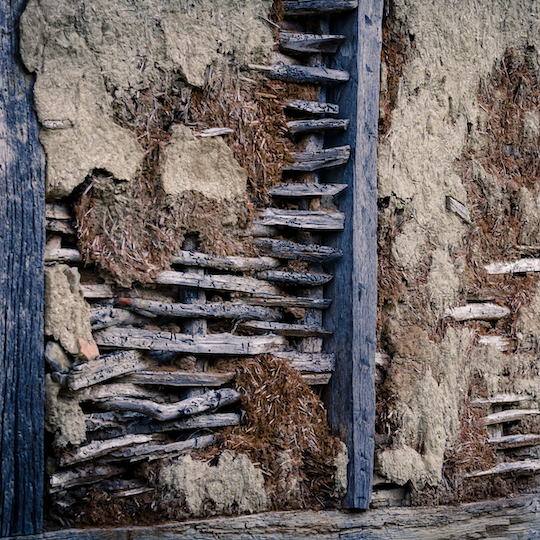Increased demand for Home Insulation in Southern California
Attic and Wall Insulation has become a standard feature in homes across the United States, particularly prevalent in the Northern states where extreme and prolonged cold weather months necessitate such measures. But what about Southern California? Why has there been a noticeable surge in demand for Home Insulation in this region over the years?
It might seem intuitive that Insulation would be less of a priority in the Southwestern states, given their semi-tropical arid climate. Additionally, with the prevalence of air conditioning you might assume insulation is unnecessary. Is this assumption a major oversight? Our findings suggest a resounding yes. Let's delve into the historical context of home insulation, shedding light on the inadequate levels observed in California.
From Ancient Egypt to the Norseman civilizations, homes were insulated using a combination of mud and straw. Surprisingly, asbestos, commonly associated with the industrial era, has a history spanning over 4,500 years (Article)..
Fiberglass Batt Insulation
The insulation landscape saw a significant shift in the 1940s with the introduction of Fiberglass, most notably recognized in its roll or batt form. While Fiberglass remains the prevalent choice, alternatives like rock-based (e.g., basalt) or natural fiber insulations have also gained attention.
Cellulose Insulation
In the last decade, there has been a growing demand for Cellulose insulation, primarily crafted from recycled paper products. In existence for a few centuries, cellulose found notable use in insulating Thomas Jefferson’s Monticello in the late 1700s. Cellulose was most popular in Scandinavian countries up until the 1920s, but its limited mass global adoption was due to flammability concerns. However, recent advancements in fire retardant treatments have made cellulose a preferred choice for both installers and homeowners. Even more so evident in retrofitting older homes. One of the main reasons outside of its effectiveness is the non-invasive installation process. Instead of opening walls and floorboards (that are already covered/sealed), only a small hole needs to be cut for the cellulose material to be blow-in to fill the space. Due to its particle properties it can easily fill hard to reach corners and spaces, mitigating pathways for hot or cold air to escape. The installers then patch the hole and retouch with paint, restoring the wall or floor to it’s original condition.
Foam insulation, though effective, tends to be a pricier alternative to cellulose.
Returning back to home insulation in Southern California, it is prudent to revisit the population boom of the post war 1950s and 60s. To keep up with demand, most new homes built during this era were tract developments, prioritizing speed and cost savings. Elusive by nature (how often do you go in your attic), Insulation was one of the first items shaved off the punch list to save time and money. Here’s a meaty 200+ page study on post war tract houses from 1945 to 1973 conducted by the CA DOT.
In recent years Southern California has experienced prolonged seasons of higher temperatures coupled with colder winters. Alongside escalating gas and electricity costs, homeowners are increasingly focused on enhancing energy efficiency. The lack of insulation has presented a practical opportunity for this region. Many utility companies, spurred by the California Sb-100 bill mandating efficient and renewable energy systems, offer insulation programs, some at no cost to homeowners. Insulation can yield energy cost reductions exceeding 20%, providing a practical solution for utility companies challenged to meet rising energy demands.
While cost savings are significant, homeowners are equally, if not more motivated by the desire to create a more comfortable living environment. Many of our insulation customers bemoan inconsistent temperatures in their homes. We've all encountered homes (perhaps even our own) where certain rooms are avoided during specific times of the day because they get way to hot or cold). The likely culprit? The absence sufficient insulation. Numerous customers only realized the true comfort potential of their homes after we insulated them. For them it’s like getting an entire new home without having to move.
Effectively insulating your home emerges as a cost-effective strategy for reducing energy expenses while simultaneously enhancing overall comfort levels.





